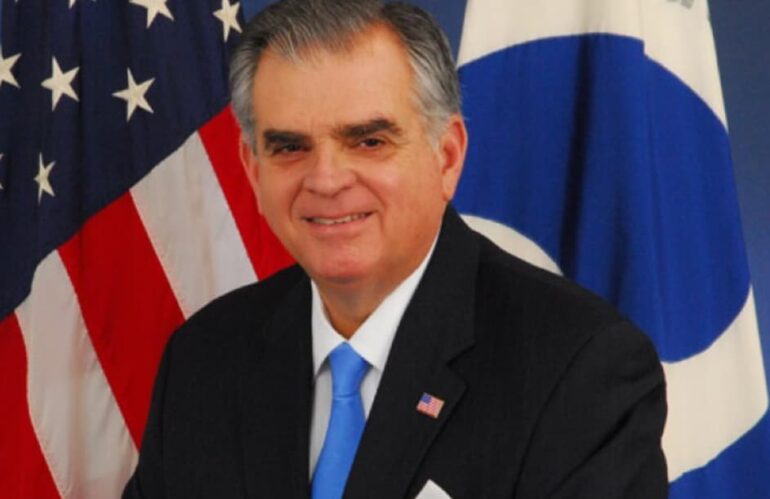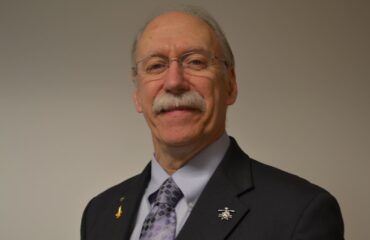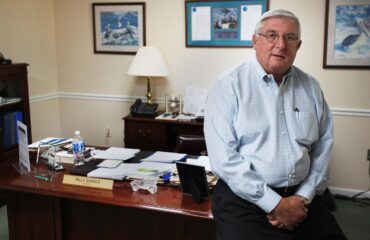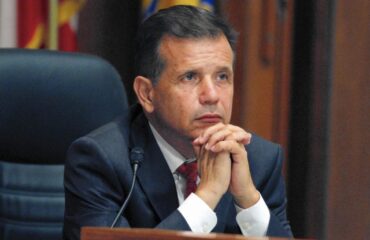Ray LaHood, the former US Secretary of Transportation, held the prestigious position from 2009 to 2013. President Obama, upon nominating him, hailed LaHood as a seasoned public servant uniquely equipped to tackle the nation’s infrastructure challenges.
Stepping into Leadership
During his tenure as Secretary of Transportation, LaHood presided over a vast agency comprising over 55,000 employees and managing a substantial $70 billion budget. His responsibilities extended across all modes of transportation, including air, maritime, and surface transportation. Notably, LaHood prioritized safety initiatives, notably spearheading efforts to combat distracted driving. Recognizing the grave risks posed by distracted driving, LaHood launched nationwide campaigns and initiatives aimed at raising awareness and implementing stricter regulations. His steadfast commitment to enhancing safety standards across all transportation sectors left a lasting impact, safeguarding countless lives and promoting a culture of responsible driving nationwide.
A Beacon of Bipartisanship
Beyond his administrative achievements, Secretary LaHood emerged as a beacon of bipartisanship and leadership in the nation’s capital. Despite his affiliation with the Republican Party, LaHood consistently bridged partisan divides, emphasizing the nonpartisan nature of infrastructure projects. His famous mantra, “there is no such thing as a Democratic road or a Republican bridge,” underscored his commitment to collaboration and national progress. LaHood’s approach fostered a spirit of unity and cooperation, transcending political differences for the greater good of the nation. Here are the key aspects that highlight LaHood’s contributions and philosophy:
- Bipartisanship Leadership: LaHood’s tenure is marked by his efforts to work across the aisle, valuing collective action over partisan loyalty;
- Nonpartisan Approach to Infrastructure: He championed the belief that infrastructure serves all, irrespective of political affiliations, thereby advocating for widespread support and funding;
- Promotion of National Unity: By prioritizing the country’s needs above political divisions, LaHood played a pivotal role in creating an environment of collaboration among varied political factions;
- Legacy of Cooperation: His work left a lasting impact, encouraging future administrations to adopt a more cooperative stance towards governance and project implementation;
- Innovative Funding Solutions: Understanding the fiscal challenges of infrastructure projects, LaHood explored innovative funding mechanisms that could appeal to both parties;
- Enhanced Public Safety: Through his initiatives, LaHood significantly contributed to improving safety standards in transportation, benefiting citizens nationwide;
- Environmental Advocacy: Recognizing the importance of sustainable infrastructure, he advocated for green projects that aimed to reduce the environmental footprint;
- Focus on Modernization: LaHood pushed for the modernization of America’s aging infrastructure, emphasizing the need for technology integration and smarter city planning;
- Community Engagement: He believed in the importance of community input in infrastructure projects, ensuring that local voices were heard and considered in decision-making processes;
- Educational Initiatives: LaHood also focused on educational programs aimed at raising awareness about the importance of infrastructure maintenance and innovation for future generations.
Secretary LaHood’s legacy is one of unity, innovation, and progress, demonstrating that effective leadership and vision can transcend partisan barriers, leading to substantial and meaningful advancements for the nation.
Congressional Service and Roots
Before assuming his role as Secretary of Transportation, LaHood served as a respected representative in the U.S. House of Representatives for the 18th District of Illinois. Notably, this district holds historical significance, once represented by President Abraham Lincoln. LaHood’s congressional tenure saw him actively engaged in key committees, including the House Transportation and Infrastructure Committee and the House Appropriations Committee. His earlier experiences as Chief of Staff to U.S. House Republican Leader Robert Michel and service in the Illinois State Legislature enriched his understanding of governance and policymaking.








